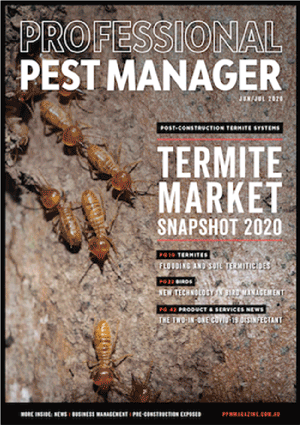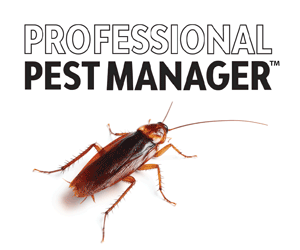Gavin Wilson, Technical and Marketing Manager for Liphatech ANZ, outlines the risk presented by rodents when they access areas with live electrical wiring.
Rodents, particularly rats and mice, pose a significant yet often overlooked threat to buildings across Australia. These small pests are not just a nuisance; they create significant fire hazards capable of causing extensive damage to residential, commercial, and agricultural structures. As rodent populations continue to rise due to weather conditions, understanding and mitigating the risks they pose has never been more crucial.
An abundance of food sources extends breeding seasons and enhances survival rates, leading to larger rodent populations.
Rodents have a natural inclination towards destructive behaviours such as gnawing on materials to keep their ever-growing incisors (teeth) at a manageable length. This gnawing behaviour becomes particularly hazardous when electrical wiring becomes the preferred option. Rodents chew through the insulation of wires, exposing live electrical circuits, which can result in shorting and sparks flying. Numerous fire incidents throughout Australia have been traced back to rodent activity.
In residential buildings, rodents typically infest roof cavities, subfloors, and wall cavities. They construct nests from flammable materials such as paper, fabric, and dried vegetation, often in close proximity to electrical wiring. This combination creates a highly combustible environment. Homes with older wiring systems or cluttered storage areas are especially vulnerable to fires caused by rodent activity.
Commercial properties, including offices, retail spaces and warehouses, are also at risk. Rodents infiltrate these structures in search of food and shelter, often targeting computer and electrical systems – not only are the wires easy to handle for gnawing, but computer and electrical systems generate heat making them a cosy nesting site. The damage they cause can lead to costly repairs and significant fire hazards. The presence of packaging materials, food storage areas, and numerous hiding spots makes commercial buildings attractive to rodents and increases the risk of fire outbreaks.
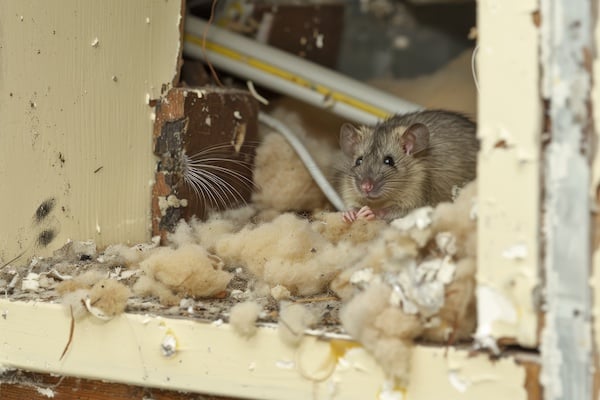
Agricultural structures face heightened risks due to the abundance of nesting materials and food sources. Rodents in barns, storage sheds and feed rooms can chew through electrical wiring, igniting fires that spread rapidly through hay, straw, and other combustible materials. These fires can cause substantial damage to property and livestock, with significant economic impacts.
Regular inspections of the electrical systems in both residential and commercial buildings are recommended, and the inspection periods for electrical equipment are specified in Australian Standards. According to AS 3760:2022, fixed electrical installations in commercial buildings should be inspected every five years, while residual current devices should be tested much more frequently – every 12 months for commercial and industrial properties. While it is the responsibility of the building owner to ensure electrical equipment is safe and routinely inspected, it is the responsibility of the pest manager to minimise potential rodent damage.
Addressing the threat of rodent-induced fires requires an integrated rodent management plan that includes prevention, early detection, and effective control measures.
Preventative measures are essential in minimising the risk of rodent infestations. Buildings should be routinely inspected for potential entry points, and any cracks or gaps in walls, roofs and foundations should be sealed. Maintaining cleanliness and proper sanitation by storing food in rodent-proof containers and reducing clutter can also deter rodents.
Regular inspections for signs of rodent activity are crucial. Indicators include droppings, gnaw marks, nests, and greasy rub marks along walls and skirting boards. Early detection allows for prompt action to mitigate fire risks.
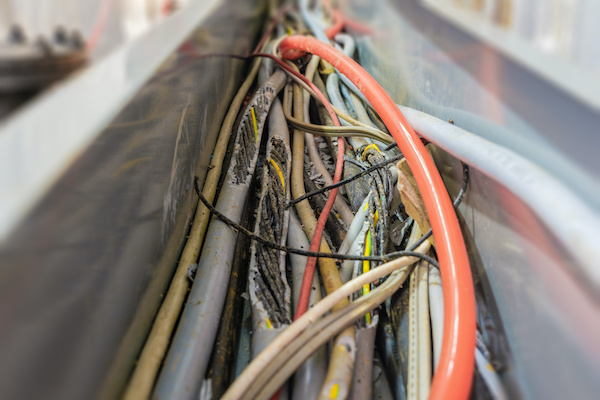
When an infestation is detected, immediate and effective control measures are necessary. Effective rodent management includes eradicating existing infestations and preventing future incursions. This is achieved through a combination of trapping, baiting and exclusion techniques. Two highly effective products from the Liphatech range of rodent control baits that are widely used in Australia are First Strike and Generation Block.
First Strike is a soft bait formulation developed by Liphatech that is known for its high palatability and effectiveness. It contains the active ingredient difethialone discovered in the 1980s by Liphatech, which is lethal to rodents after a single feed.
The unique First Strike formulation, which contains no wax, makes it highly attractive to both rats and mice, ensuring quick and effective control.

Generation Block comes in the form of durable, weather-resistant 15 g blocks. Also containing difethialone, these extruded blocks are designed to encourage rodents to gnaw on the block. Their durability enables the blocks to withstand harsh environmental conditions, making them ideal for use in both indoor and outdoor environments. Their palatability and effectiveness ensure that they are a reliable solution for rodent control in various environments.
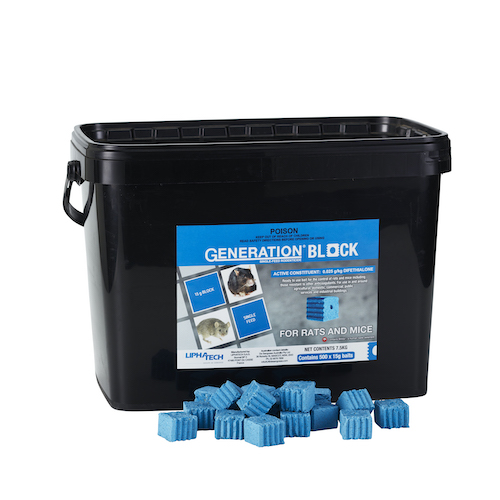
Rodent infestations in any type of building present a serious fire hazard. The destructive behaviours of these pests, particularly their tendency to chew on electrical wiring, create dangerous conditions that can lead to catastrophic fires. By understanding the risks, implementing preventative measures, and engaging in effective control practices using proven products, such as Liphatech’s range of rodent baits and hardware, can mitigate the dangers posed by rodents and safeguard both property and lives.
Gavin Wilson, Technical and Marketing Manager, Liphatech ANZ

